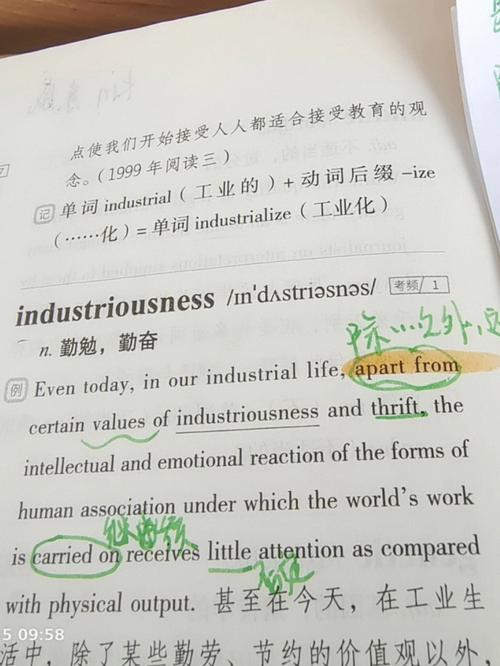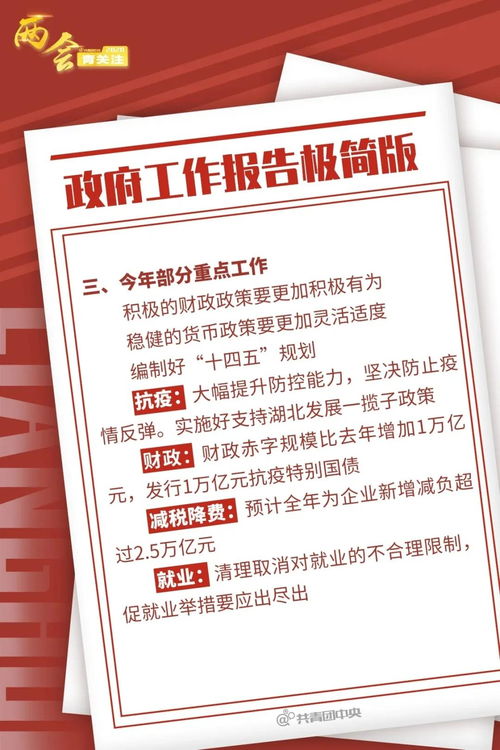Title: Mastering English Translation for the Postgraduate Entrance Examination
The English translation section in the postgraduate entrance examination is a crucial component that assesses candidates' language proficiency and comprehension skills. Mastering translation requires a combination of linguistic knowledge, cultural understanding, and translation techniques. This guide aims to provide comprehensive strategies and tips to excel in the English translation section of the postgraduate entrance examination.

Before delving into translation techniques, it's essential to understand the requirements of the examination. Typically, candidates are asked to translate passages from Chinese to English or vice versa. The passages may cover various topics, including literature, social sciences, natural sciences, or current affairs. It's crucial to pay attention to nuances, tone, and context to ensure accurate translation.
Linguistic proficiency forms the foundation of translation skills. Candidates should focus on improving their vocabulary, grammar, syntax, and sentence structure in both Chinese and English. Reading extensively in both languages, including newspapers, literature, and academic texts, can enhance language proficiency and familiarity with different styles of writing.
Translation involves more than just converting words from one language to another; it requires understanding cultural nuances and context. Candidates should familiarize themselves with the cultural background of both source and target languages. This includes idiomatic expressions, cultural references, and sociopolitical context, which greatly influence the translation process.
Several techniques can aid in producing accurate and fluent translations:
- Literal Translation: Translating wordforword can sometimes lead to awkward or inaccurate results. However, it can be useful for understanding the basic structure and meaning of a sentence.
- Paraphrasing: Restating the meaning of a sentence or passage in a different way while preserving the original intent. Paraphrasing is especially helpful for idiomatic expressions or culturally specific phrases.
- Contextual Translation: Considering the context of the passage and the intended audience to produce a translation that is appropriate and relevant.
- Transposition: Changing the grammatical structure or word order while maintaining the original meaning. This technique can improve readability and flow in the target language.
- Cultural Equivalents: Finding culturally appropriate equivalents for expressions or concepts that may not have direct translations.
Like any skill, translation improves with practice. Candidates should regularly engage in translation exercises, both formal and informal. Translating newspaper articles, short stories, or academic papers can help develop fluency and accuracy. Additionally, seeking feedback from peers or instructors can provide valuable insights for improvement.
Time management is crucial during the examination. Allocate sufficient time to read and understand the passage before beginning the translation process. Identify key terms or phrases that may require extra attention. While translating, prioritize clarity and accuracy over speed. If time permits, review and revise the translation for any errors or inconsistencies.
Mastering English translation for the postgraduate entrance examination requires a combination of linguistic proficiency, cultural understanding, and effective translation techniques. By understanding the requirements, developing language skills, and practicing regularly, candidates can improve their translation abilities and increase their chances of success in the examination.











评论